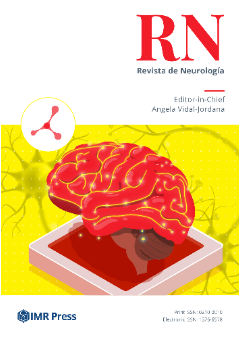- Academic Editor
-
-
-
Case-Control Studies: Potential Savings in Time and Resources, and Potential Gain in Statistical Power
Estudios Caso-Control: Posible Ahorro de Tiempo y de Recursos, y Posible Ganancia de Potencia Estadística
Although prospective studies directly estimate the influence of a factor on the onset of a disease, case-control sampling is often cheaper, faster, and sometimes the only feasible option. In these studies, a random sample of individuals with the disease (cases) is taken, and the proportion of them, P1, who were exposed to the factor is evaluated. A random sample of individuals without the disease (controls) is also taken, and the proportion of them, P0, who were exposed is evaluated. From these two proportions, the respective odds and their ratio, the odds ratio (OR), are calculated. When the incidence of the disease is small, say less than 10%, this OR value closely approximates the relative risk (RR), and therefore tells us, with good approximation, how much greater the risk of having the disease is if one is exposed to the factor. In all cases, case-control studies tend to have more confounding factors, which are not easily controllable, than prospective studies. However, under certain circumstances, they have a much higher statistical power than the prospective design.
Aunque los estudios prospectivos estiman directamente la influencia de un factor en la aparición de una enfermedad, en muchas ocasiones los muestreos Caso-Control son más baratos, rápidos, y a veces los únicos factibles. En ellos se toma una muestra aleatoria de individuos enfermos (casos) y se evalúa la proporción de ellos, P1, que estaban expuestos al factor. También se toma una muestra aleatoria de no enfermos (controles) y se evalúa la proporción de ellos, P0, que estaban expuestos. A partir de estas dos proporciones se calculan las respectivas Odds y su cociente, la Odd Ratio, OR. Cuando la incidencia de la enfermedad es pequeña, digamos menor del 10%, este valor de la OR se aproxima mucho al Riesgo Relativo, RR, y por ello nos dice, con buena aproximación, cuánto mayor es el riesgo de tener la enfermedad si se está expuesto al factor. En todos los casos los estudios caso control suelen tener más factores de confusión, no fácilmente controlables, que los estudios prospectivos. Pero en algunas circunstancias tienen potencia estadística muy superior al diseño prospectivo.

